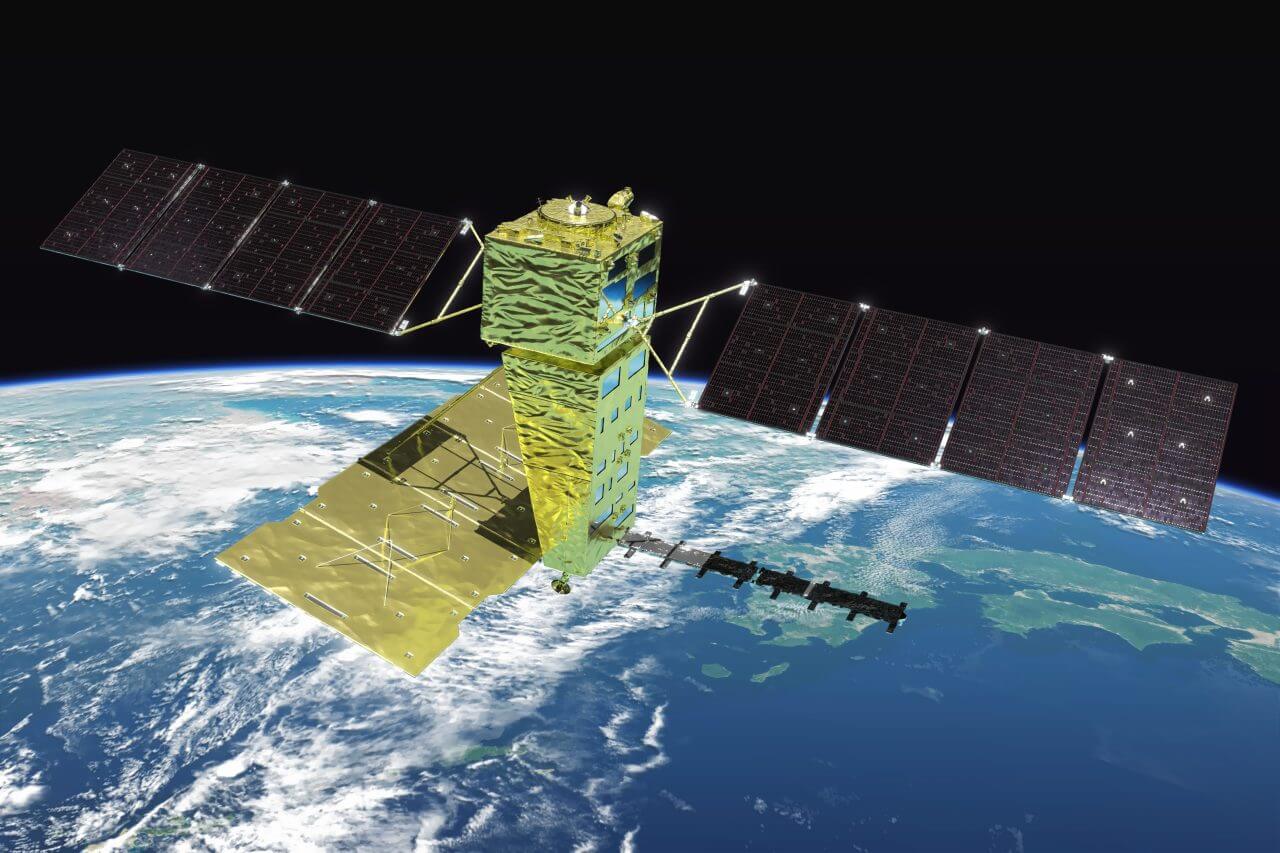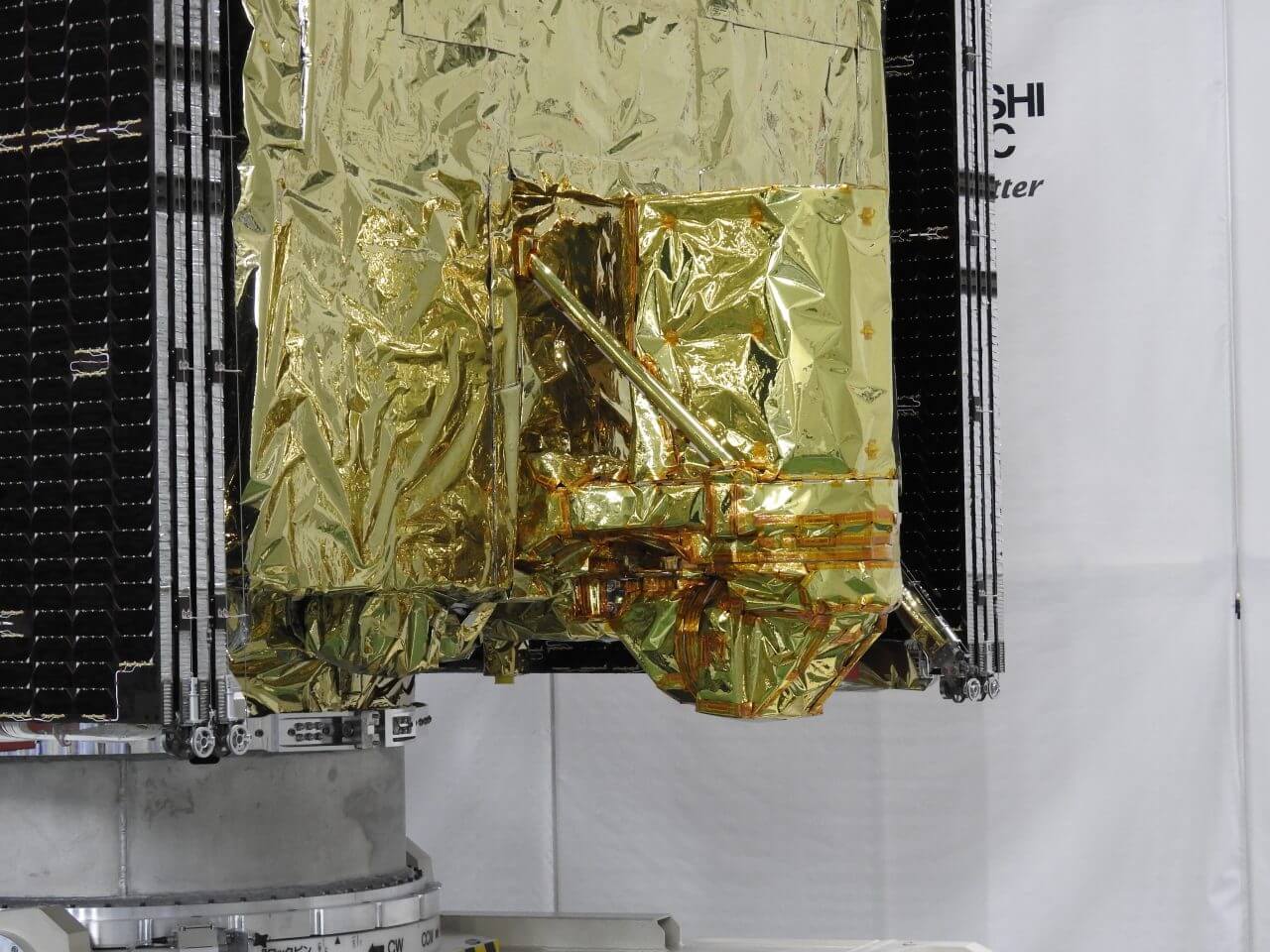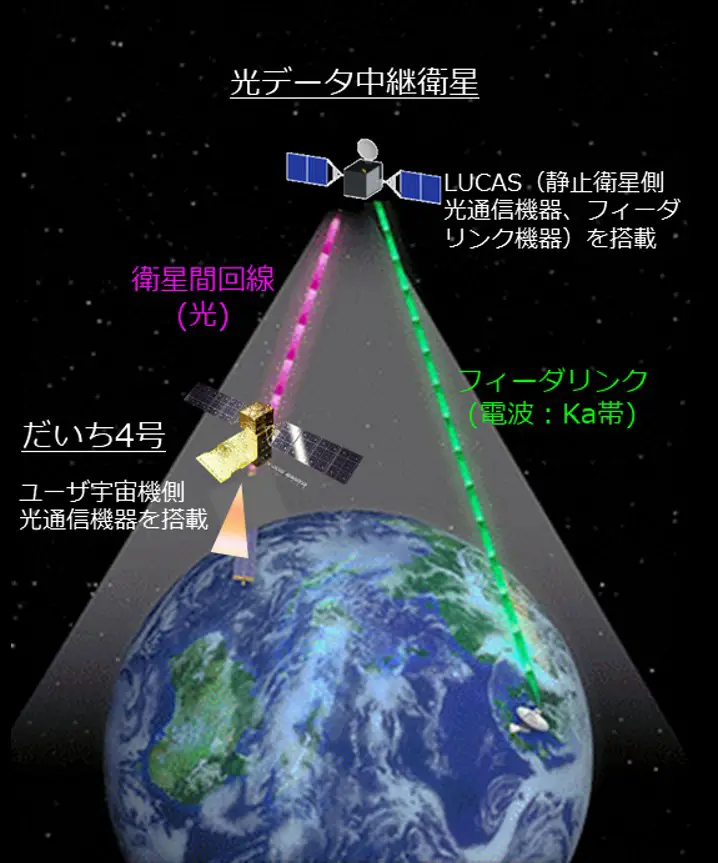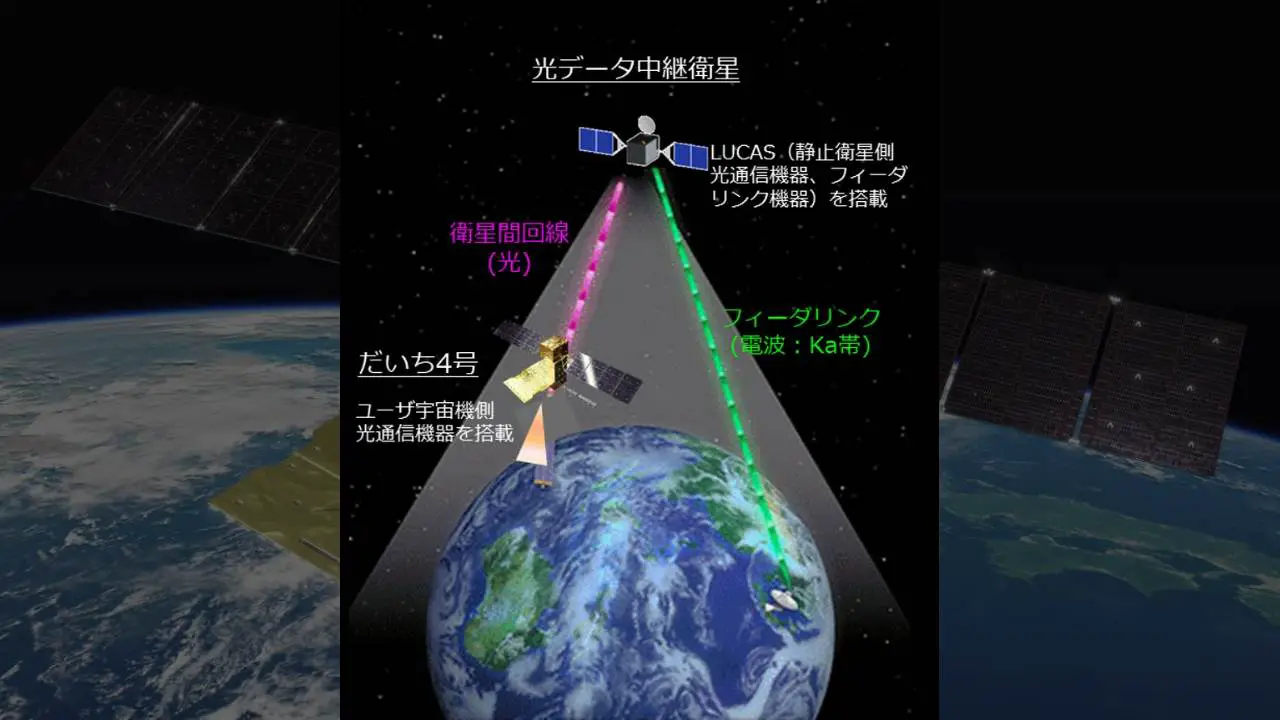The Japan Aerospace Exploration Agency (JAXA) announced on October 8, 2024 that the advanced radar satellite Daichi-4 (ALOS-4), which is working for initial functional confirmation, will be linked to an “optical data relay satellite” in geostationary orbit. For Earth, they succeeded in optical communication between satellites at a communication speed of 1.8 gigabits per second using laser light with a wavelength of 1.5 micrometers.
“Daichi-4” is an Earth observation satellite of the Japan Aerospace Exploration Agency developed as a successor to the Advanced Earth Observing Satellite 2 “Daichi-2 (ALOS-2)”, which was launched in May 2014. It was launched on the 3rd of H3 rocket. “Daichi-4” is equipped with an L-band synthetic aperture radar (SAR) “PALSAR-3”, the capabilities of which are improved from “Daichi-2”, and receives signals from the ship's automatic identification system (AIS) to obtain ship information, In addition to the ship's automatic identification signal receiver “SPAISE3”, it is equipped with the “OLLLCT” optical terminal for low-orbit satellites, which performs inter-satellite optical communications with satellites in geostationary orbit.
The optical terminal is a transmitter/receiver used in the LUCAS Optical Communications System developed by the Japan Aerospace Exploration Agency, and the Optical Data Relay Satellite is also equipped with the OGLCT optical terminal for geostationary satellites. According to the announcement, the Japan Aerospace Exploration Agency will establish a mutual acquisition and tracking process between the Optical Data Communications Satellite and Daiichi-4, which are about 40,000 kilometers apart, as of August 20, 2024, and they will move toward Daiichi-4. The commands were successfully transmitted and I obtained telemetry from DAICHI-4. It is said to be the world's first successful inter-satellite optical communication between geostationary orbit and low orbit with a communication speed of 1.8 Gbps in the 1.5 micrometer wavelength range.
The communication speed of 1.8 Gbps demonstrated this time represents a 7.5 times improvement over the 240 Mbps transmission speed of the previous generation Kodama Data Relay Technology Satellite (DRTS), which was launched in September 2002 and ended operations in August 2017). In addition, the 1.5 µm wavelength range is a versatile, high-performance wavelength that is also used in terrestrial fiber-optic communications networks, so it is expected to be used in space in the future.
According to the Japan Aerospace Exploration Agency, the typical communication time per day between a low-Earth orbiting satellite and a ground station is limited to about 1 hour, but with LUCAS, which is relayed by a geostationary satellite, the communication time is dramatically reduced to about 9 hours. Increased hours. It is said to have the advantage of being able to transmit acquired data in real time at locations where direct communication with a ground station is not possible, and to quickly acquire images by sending commands via LUCAS in emergency situations.
The Japan Aerospace Exploration Agency will continue to conduct demonstration experiments using Daichi-4 and the optical data relay satellite to evaluate how differences in distance and positional relationship between satellites affect communications quality. In addition to targeting practical use, the company plans to conduct a demonstration in which observation and experimental data from other spacecraft, such as Japan's Kibo experiment module on the International Space Station (ISS), will be carried by LUCAS and transmitted to a ground station.[آخر تحديث: 8 أكتوبر 2024، الساعة 15:00]
Image of “Daiichi 4 (ALOS-4)”





Related articles
・Japan Aerospace Exploration Agency released the first observation image of the advanced L-band synthetic aperture radar satellite “Daichi-4” (August 1, 2024)
・The Japan Aerospace Exploration Agency successfully launched the H3 rocket No. 3 and inserted Daichi-4 into orbit (July 1, 2024).
・Mitsubishi Electric has launched an advanced radar satellite “Daichi 4” and is scheduled to launch in 2024 (March 12, 2024)
source
- JAXA – Successful inter-satellite optical communication between the Optical Inter-Satellite Communication System (LUCAS) and the Advanced Radar Satellite “Daichi-4” (ALOS-4) with the world’s fastest communication speed of 1.8 Gbps
- JAXA – Optical communications system between satellites “LUCAS”
Editorial/Editing/Suray Department
#JAXA #Daichi No. 4

“Travel maven. Beer expert. Subtly charming alcohol fan. Internet junkie. Avid bacon scholar.”






More Stories
Astronomy: Massalia asteroid family may be main source of meteorites |
MSI, a laptop with Core Ultra 200V processor and Ryzen AI 300
Amazingly, thousands of pairs match in one second… “Shocking common sense” by DNA polymerase (Masaharu Takemura) |. Kodansha (1/3)